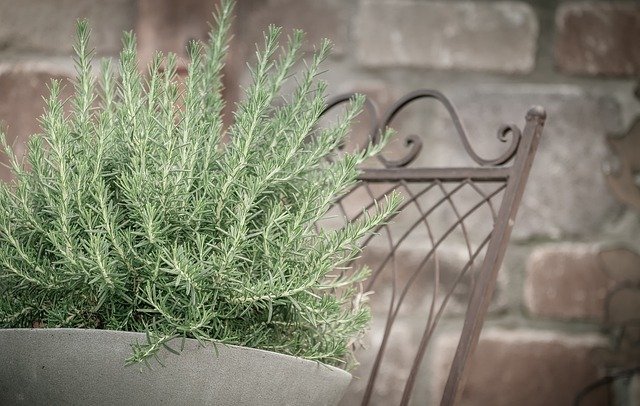Do you dream of a vegetable garden but don’t have a garden? Don’t let that stop you: this is where the vegetable garden comes to your apartment.
Living in an apartment doesn’t mean missing out on the joys and benefits of gardening. With some planning and effort, you can grow a productive indoor vegetable garden right in your apartment.
Table of Contents
Choosing the Right Location
The first step is finding the ideal spot to set up your indoor garden:
- Sunlight – Your plants need lots of sun, so choose a south-facing window or balcony if possible. North-facing spots won’t work well.
- Space – Make sure you have enough room for the size of the garden you want. Balconies, patios, and sunny windowsills offer great options.
- Allowable Use – Check apartment rules and regulations to ensure gardens are permitted.
- Weight Capacity – If on a balcony, factor in the weight of soil, plants, and containers.
Picking the right location sets your garden up for success.
Providing Adequate Water
Consistent watering is crucial for container gardening. Here are some effective irrigation methods:
- Hose hookups
- Self-contained drip irrigation
- Hand watering with a watering can
Tips for proper watering:
- Add pebbles at the bottom of containers for drainage
- Cover the soil with mulch to retain moisture
- Water when the top inch of soil is dry
- Give plants a deep soaking when watering
Avoid underwatering or overwatering plants. Check soil moisture daily.
Maintaining ideal Temperatures
Plants grow best without major temperature swings. Here’s how to provide ideal conditions:
- Lighting – Supplement the sun with grow lights as needed.
- Air Circulation – Use fans to keep air moving.
- Winter Care – Move plants away from cold windows and drafty spots.
- Climate Control – Maintain consistent indoor temps with heating and AC.
Stability is key for a high-yielding indoor garden.
Choosing the Right Vegetables
When selecting vegetables, opt for compact, fast-growing varieties suited for containers:
Herbs
- Basil
- Parsley
- Cilantro
- Oregano
- Chives
- Mint
- Rosemary
Vegetables
- Lettuce
- Kale
- Green onions
- Radishes
- Carrots
- Peppers
- Tomatoes (cherry or patio varieties)
- Eggplant
- Bush beans
- Peas
- Cabbage
Consider sunlight and space needs for each vegetable type.
Caring for Fruiting Plants
With extra care, you can also grow fruits like:
- Strawberries – Grow in hanging planters or tower gardens.
- Dwarf citrus trees – Require large pots and lots of light. Bring indoors in winter.
- Blueberries – Use an acidic potting mix formulated for blueberries.
- Tomatoes – Support heavy fruit load with cages or trellises. Prune for size control.
Fruits need more nutrients and attention but add diversity to an indoor garden.
Choosing Containers and Structures
You have options when selecting containers and structures for your garden:
- Pots
- Planters
- Hanging baskets
- Window boxes
- Vertical towers
- Wall mounted racks
- Hydroponic systems
- Raised garden beds (lightweight versions for balconies)
Match containers to the space available and the plants you want to grow.
Providing Nutrition
Vegetable gardens require nutrition either from a nutrient-rich potting mix or with regular fertilizing.
Potting Mixes
- Use lightweight seed starting or container mixes.
- Mix in compost or worm castings for added nutrients.
- For hydroponics, use inert mediums like perlite, vermiculite, or coconut coir.
Fertilizing
- Use balanced liquid fertilizers made for vegetables.
- Follow label directions to avoid over-fertilizing.
- Fertilize more heavily for fruiting plants.
- Top dress containers with compost or slow-release granules.
Proper nutrition fuels productive plants and great-tasting veggies.
Extending Your Growing Space
Lack of space shouldn’t limit your gardening. Use these techniques to maximize yields:
- Interplanting – Plant quick crops like lettuce between larger vegetables.
- Succession Planting – Replant containers with new crops as others finish.
- Vertical Gardening – Use walls, hanging baskets, and vertical planters.
- Shelf Gardening – Install shelving units with grow lights for tiered gardening.
Get creative to produce more food without needing more room.
Composting Kitchen Scraps
Recycle kitchen waste into nutrient-rich compost for your indoor garden:
- Use compost bins or bins designed for apartment use.
- Add vegetable scraps, tea bags, coffee grounds, and crushed eggshells.
- Layer “greens” and “browns” for proper balance.
- Turn or stir the compost regularly for aeration.
Compost enhances soil health and provides free fertilizer.
Caring for Houseplants Too
Incorporate houseplants alongside edibles:
- Filler plants like pothos and philodendrons add greenery.
- Air-purifying plants help clean indoor air.
- Tropical plants like orchids add unique texture.
- Herb planters can provide both greenery and seasoning.
Houseplants and vegetables make great companions.
Getting Kids Involved
Gardening teaches kids valuable skills. Have them help with:
- Planting seeds
- Watering duties
- Harvesting vegetables
- Composting food scraps
- Decorate pots and planters
Hands-on gardening connects kids to nature and food origins.
Conclusion
With the right location, irrigation, nutrition, and care, apartments can support thriving vegetable gardens. Make the most of small spaces to enjoy homegrown fruits, veggies, and herbs year-round. Gardening indoors provides satisfaction, fresher food, and new skills for the entire family.

Gardening is my passion and growing plants indoors has always been a stress relief for me. Grow a banana tree in my apartment once (although failed to produce bananas).






